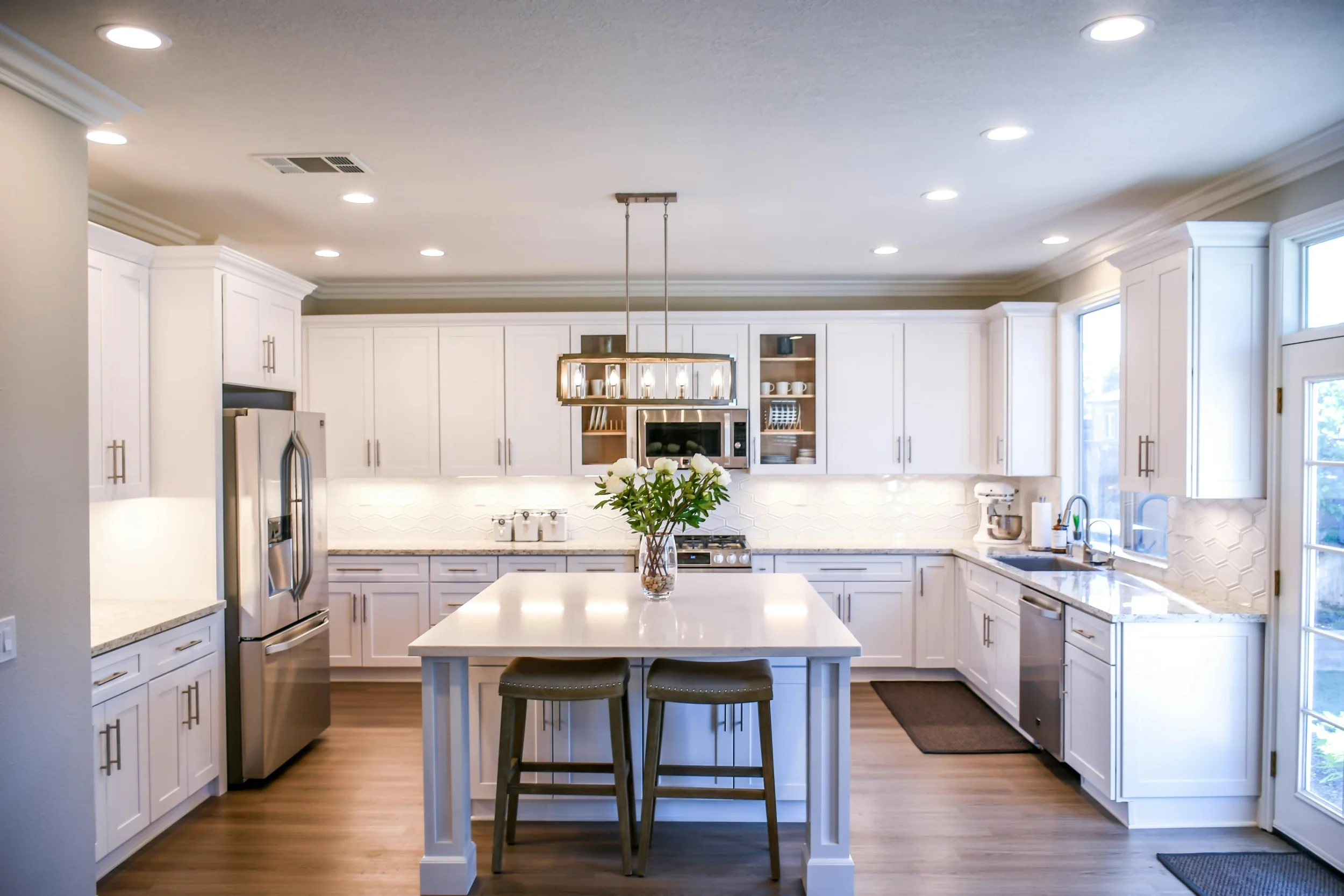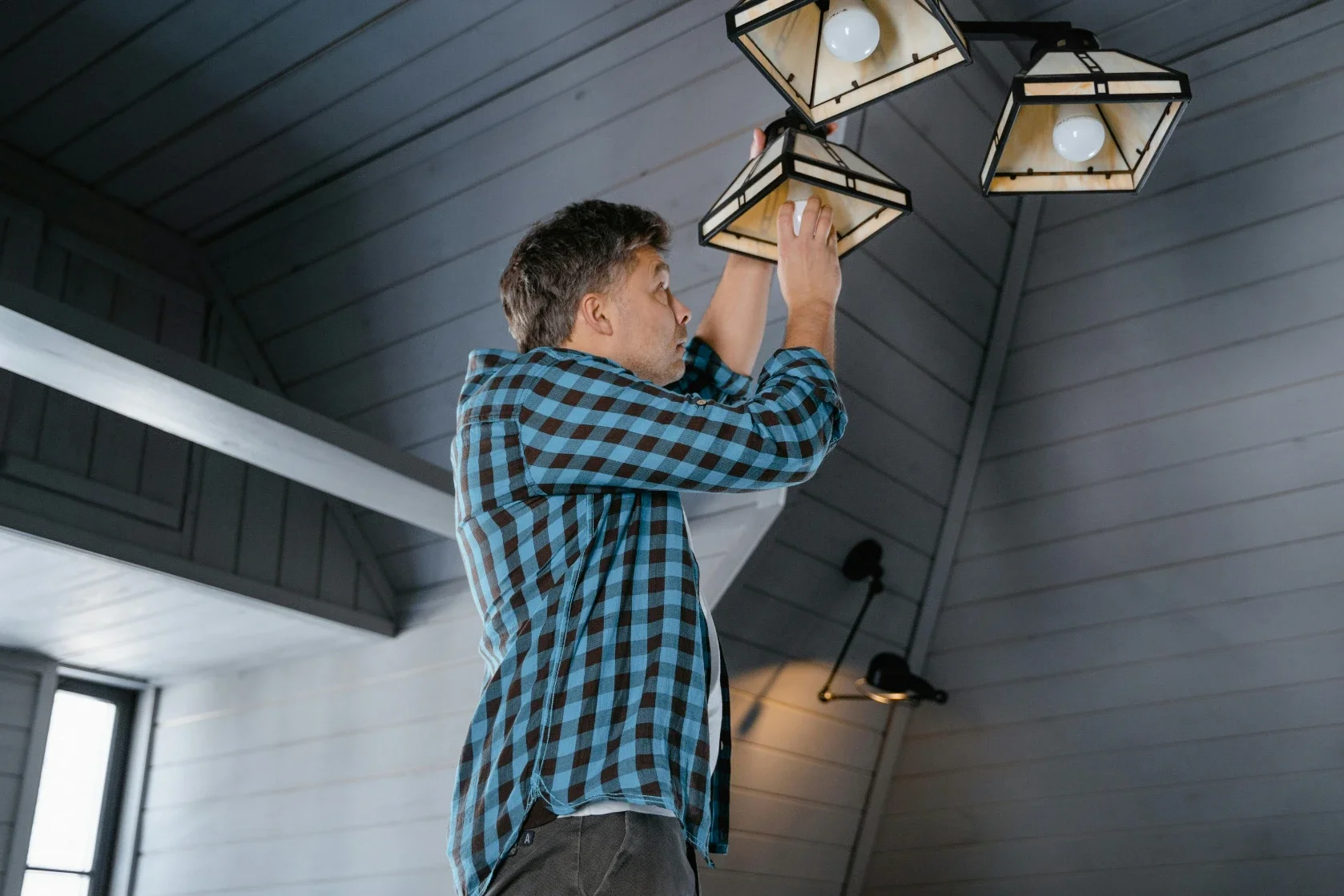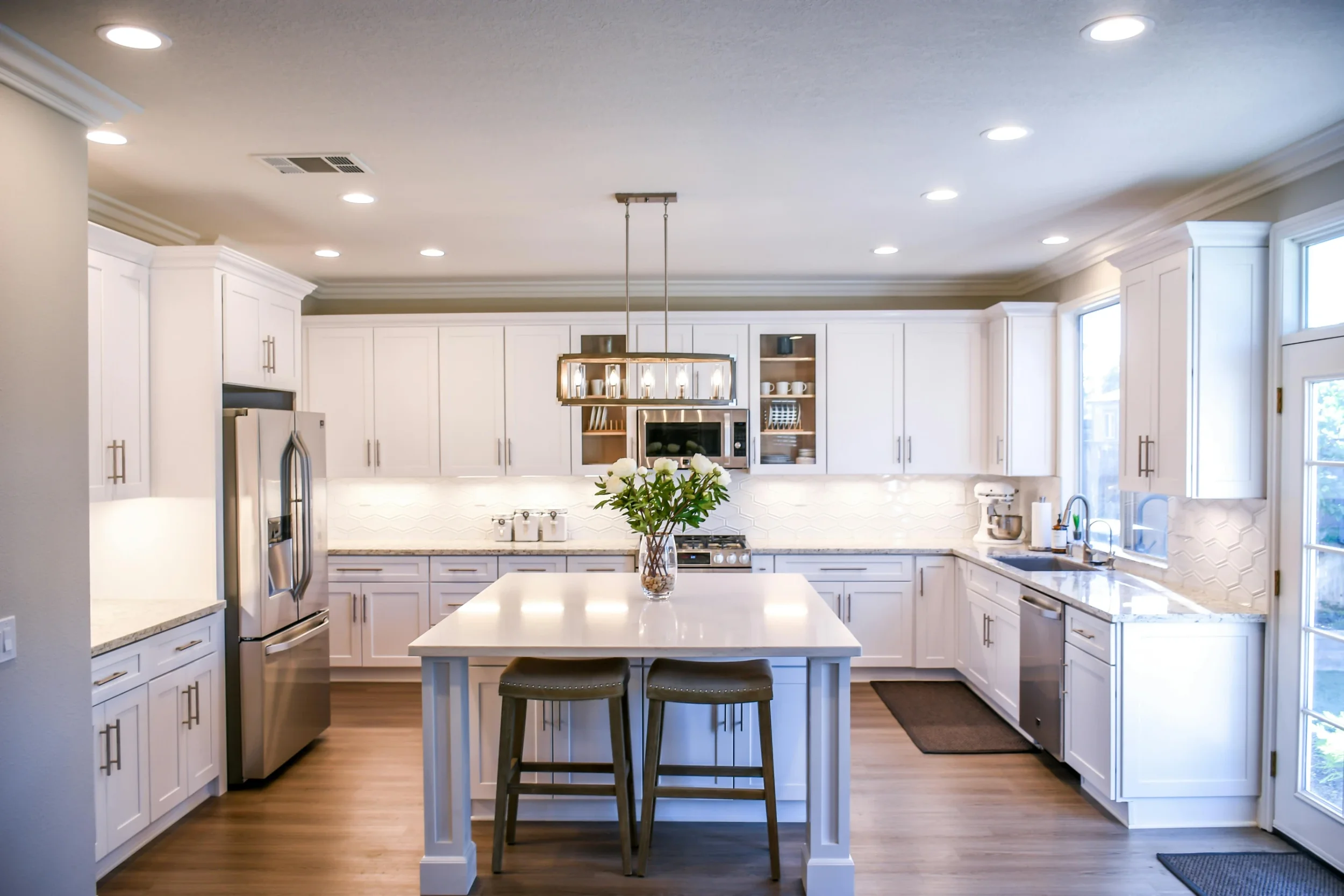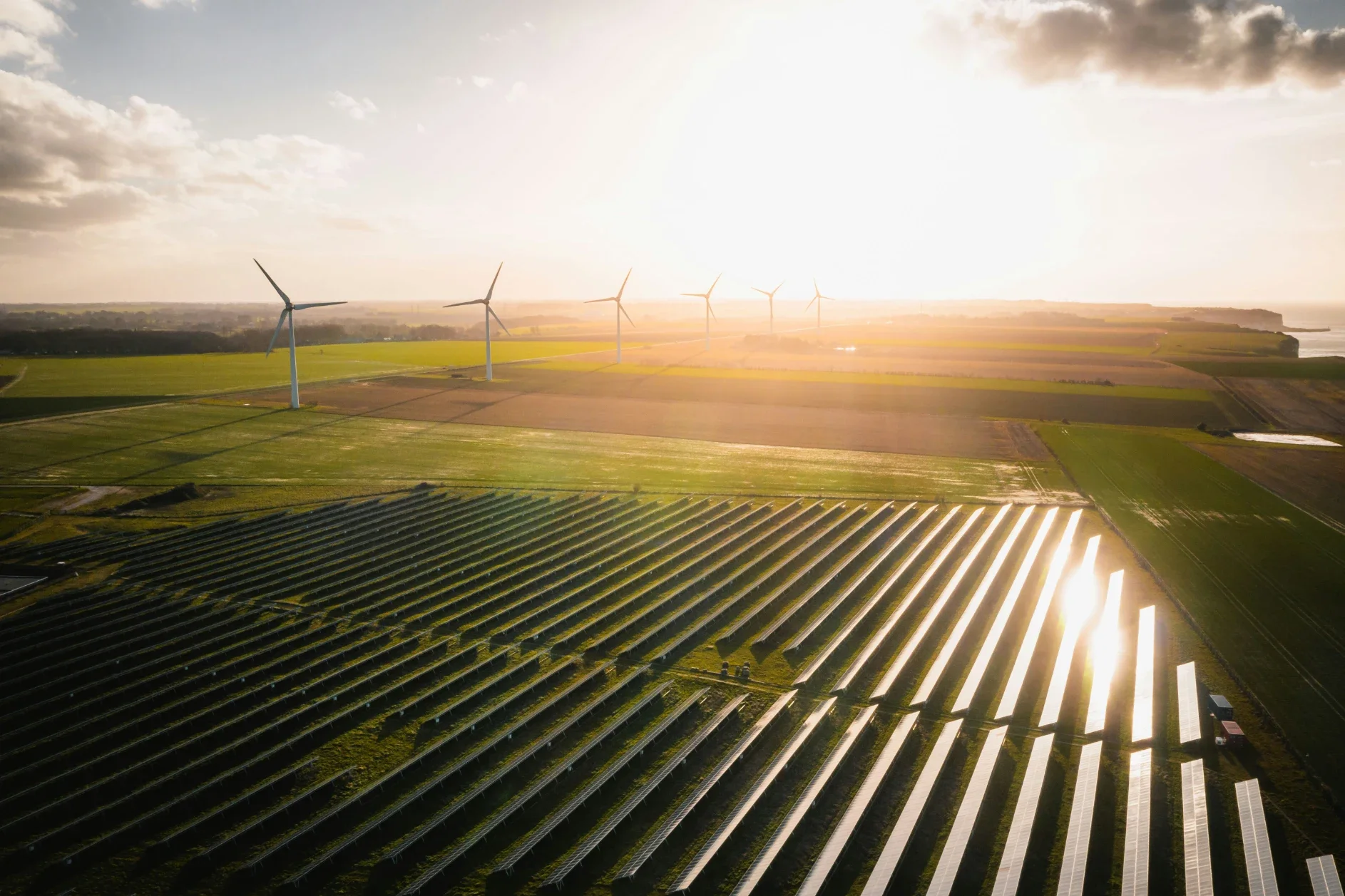Long-Term Benefits of Eco-Conscious Home Adjustments
Discover the long-term benefits of eco-conscious home adjustments, from lower energy costs to improved comfort and a more sustainable lifestyle.
Ever looked at your energy bill and felt like your house was punishing you for staying warm in the winter? Or walked into a room and realized it was 10 degrees hotter than the rest, for no apparent reason? Small inefficiencies stack up, and over time, they drain your wallet, waste resources, and quietly sabotage your quality of life. In this blog, we will share the long-term benefits of making smart, eco-conscious adjustments to your home—changes that pay off in more ways than one.
Sustainable Materials Are Built to Last
In today’s disposable culture, it’s easy to fall into the trap of temporary fixes. But eco-conscious choices often bring durability into the equation. Reclaimed wood, recycled glass, bamboo flooring—these aren’t just buzzwords. They’re part of a larger movement to use materials that can handle wear without wearing out.
When you renovate with sustainability in mind, you’re choosing things built with both longevity and environmental responsibility. That deck you build with composite material made from recycled plastics and wood fibers? It won’t splinter, fade, or need yearly staining. That metal roof that reflects heat instead of absorbing it? It could last over 50 years.
The long-term benefit is obvious: fewer replacements, less maintenance, and materials that continue looking good long after their cheaper counterparts have been carted off to the dump. That’s not just a style decision. It’s a time and money decision.
Short-Term Costs, Long-Term Gains
Let’s get the obvious question out of the way: are these changes worth it? The upfront costs can feel steep. Between new appliances, upgraded insulation, and better building materials, the sticker shock can make even the most environmentally conscious homeowner hesitate. But here’s the thing—those upgrades aren’t just about doing something good for the planet. They’re about making your home work better, last longer, and cost less to maintain over time.
Take windows. Old, drafty windows are among the biggest sources of heat loss in a home, yet they’re one of the last things people tend to upgrade. The cost of new windows varies depending on size, style, and material, but over the life of your home, that investment translates into lower heating and cooling bills, improved comfort, and even better sound insulation. More importantly, quality windows reduce the need for energy-heavy heating and cooling systems to work overtime—helping both your home and the grid run more efficiently.
And in an age when energy prices are unpredictable and sustainability is becoming more than a trend, upgrades like this position your home to stay valuable and resilient. You’re not just cutting your costs now—you’re preparing for whatever comes next.
Energy Efficiency Redefines Daily Comfort
One of the most overlooked benefits of eco-conscious upgrades is how they change the way your home feels, day in and day out. It’s not just about being “green.” It’s about being comfortable—consistently, effortlessly, and without needing to crank the thermostat or open a window every ten minutes.
High-efficiency HVAC systems do more than save energy—they create balanced airflows, reduce humidity issues, and filter allergens more effectively. Improved insulation keeps rooms from becoming climate zones of their own. And LED lighting, beyond its energy savings, produces better quality light that’s easier on the eyes and longer lasting.
These adjustments aren’t glamorous, but they are meaningful. You’ll stop noticing cold floors in the morning. You’ll stop dreading the upstairs bedroom in August. And when your space feels good all the time—not just during ideal weather—you start to experience your home in a completely different way.
Eco-Upgrades Boost Your Home’s Resale Value
We’re living in a time when potential buyers are asking smarter questions. How old is the HVAC system? What’s the insulation like? Are the appliances energy efficient? They’re not just looking for granite countertops or subway tile anymore. They want homes that function well—and cheaply.
Making eco-conscious improvements positions your home as not just stylish but smart. It becomes easier to sell, faster to appraise, and more attractive to the growing wave of buyers who care about monthly costs as much as aesthetics.
Solar panels used to be a niche selling point. Now they’re a value booster. Tankless water heaters used to be seen as luxury. Now they’re considered smart space-saving tools. The more efficient and forward-thinking your home is, the more you stand out in a competitive market.
You’ll Use Fewer Resources Without Sacrificing Function
Going green has sometimes been associated with going without. But modern sustainability is about improving efficiency, not cutting corners. Low-flow fixtures don’t mean weak water pressure. Energy-efficient appliances still get the job done, often better than older models. And programmable thermostats don’t take away control—they give you more of it.
The long-term effect? You use fewer resources without thinking about it. Over the course of a year, your electricity, gas, and water usage drop. Multiply that over the years you live in the home, and the cumulative benefit is significant—not just financially, but environmentally.
This approach scales, too. Whether you live in a small apartment or a five-bedroom house, the impact of these adjustments adds up. And you don’t have to do everything at once. Replacing bulbs, sealing windows, installing a smart thermostat—each small move pushes your home toward a more sustainable rhythm.
Preparedness for an Unpredictable Future
The last few years have been a crash course in uncertainty. Between rising utility costs, energy grid disruptions, and supply chain delays, homeowners have had to think harder about how their homes operate when things don’t go according to plan.
Eco-conscious adjustments create resilience. Homes that retain heat better don’t panic during winter storms. Properties that collect rainwater or use solar panels stay functional when the grid falters. And materials that last longer mean you won’t be scrambling for replacements when everyone else is.
This kind of forward-thinking design is becoming more than a bonus—it’s a necessity. And homes that adapt now are the ones that ride out the next wave of change more smoothly.
Sustainability Supports Better Living Habits
The way we build and maintain our homes shapes how we live. When your lights automatically turn off when not in use, when your water is heated efficiently, when your air is cleaner and your home quieter—you start to notice how those things affect your behavior.
You might cook more often in a kitchen that breathes better. You might rest better in a bedroom that holds its temperature through the night. You might even think more critically about what you bring into your space, now that it runs with more intention.
Sustainability isn’t just about the environment. It’s about creating homes that nudge us toward healthier, smarter choices without requiring extra effort.
Long-term, that’s what makes eco-conscious home adjustments so powerful. They reduce strain—on your systems, on your wallet, and on your mind. They make life easier and more enjoyable. And in a world where simplicity is increasingly rare, that’s a benefit no one can ignore.






